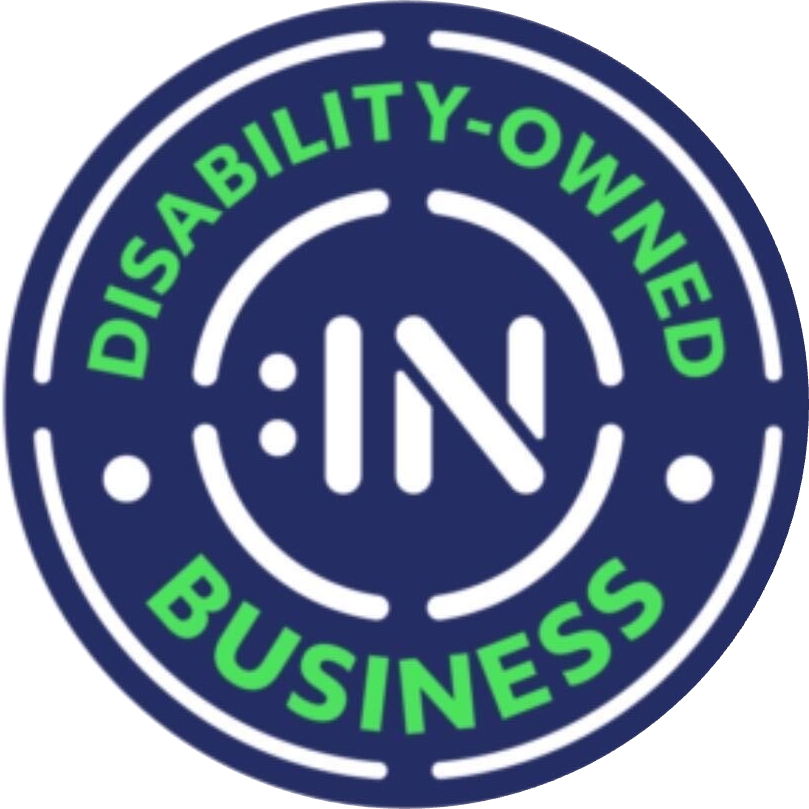No doubt you have heard about the recently enacted CARES Act, which Congress and President Trump have touted as the latest step in the government’s response to the COVID-19 pandemic. If you are a small business owner or entrepreneur, there is a lot in this legislation that you need to know before you miss out on the chance to benefit from it.
Paycheck Protection
One of the major highlights from the CARES Act is the paycheck protection that is being offered to small businesses. Because it is small businesses, and service industries, that have been most affected by the COVID-19 and the precautions being taken against, the CARES Act seeks to provide financial assistance to those areas.
Here are the things you need to know:
- Congress has appropriated $350 billion in funds for loans specifically to cover the payroll, rent, utilities, and group healthcare costs for “small business concerns,” which, for the purpose of the Act, specifically includes businesses with less than 500 employees (full- and part-time).
- For businesses in the “accommodation and food services” sector, you are eligible for a share in this pool of loan capital if you employ 500 or fewer employees per location. Eligible businesses can use the available funds to cover payroll expenses (including paid leave, retirement benefits, and state and local payroll taxes), group healthcare benefits, mortgage interest, rent, utilities, and interest on other debt obligations incurred before February 15, 2020.
- An eligible business can receive an amount equal to 2.5 times the average total monthly payroll costs incurred in the one-year period prior to when the loan is made plus the outstanding balance of any SBA Disaster Loan Program loan obtained after January 31, 2020 (capped at $10 million).
- For businesses that did not exist between February 15, 2019 and June 30, 2019, the maximum loan amount is 2.5 times the average total monthly payroll payments from January 1, 2020 through February 29, 2020, plus outstanding SBA Disaster Loan Program loans obtained after January 31, 2020.
If you are looking at your payroll numbers and thinking, “That’s a lot of money,” you’re right!
Importantly, sole proprietors and the self-employed are not being shut out of this program either. Included in the definition of “payroll costs” is earnings from self-employment as a sole proprietor or independent contractor in an amount up to $100,000 in one year, prorated for the covered period.
Loan Forgiveness
If you are concerned about the possibility of repaying these loans, then you will be happy to hear that the CARES Act includes a provision for loan forgiveness.
In addition to being eligible for complete payment deferment (that includes principal, fees, and interest), loans under the CARES Act are eligible for forgiveness to the extent they are used to pay payroll, mortgages, rent, and utility bills during the covered period (8 weeks from the origination of the loan).
The forgiven amounts are treated as canceled indebtedness, however, the Act specifically excludes the forgiven amount under this program from being included as gross income under the Internal Revenue Code. Yes, that means the government is willing to take on two months of your payroll, mortgage payments, rent, and utility bills!
However, it is critical that you are mindful that the amount of the loans eligible for forgiveness will be reduced if there is a decrease in the number of your full-time employees, or a decrease in the total salary or wages of an employee in excess of 25%.
There are other factors that can affect whether you are subject to this reduction. It is important to remember that Congress’ purpose is to promote employment. Cutting your workforce or significantly reducing pay can result in a lower percentage of the loan that is eligible for forgiveness. An employer must maintain the level of full-time employees and their pay scale through June 30, 2020 to maximize the amount of loan forgiveness.
To request loan forgiveness, you will have to submit an application to your lender, along with documentation establishing the number of full-time employees and their pay rates, along with other documentation showing the payroll that was actually paid out. If all of the information is properly submitted, the lender has 60 days to respond to the application.
There is tremendous opportunity for small businesses to not only survive the current crisis, but thrive in it. Do not delay in seeking out your loan under the CARES Act.
